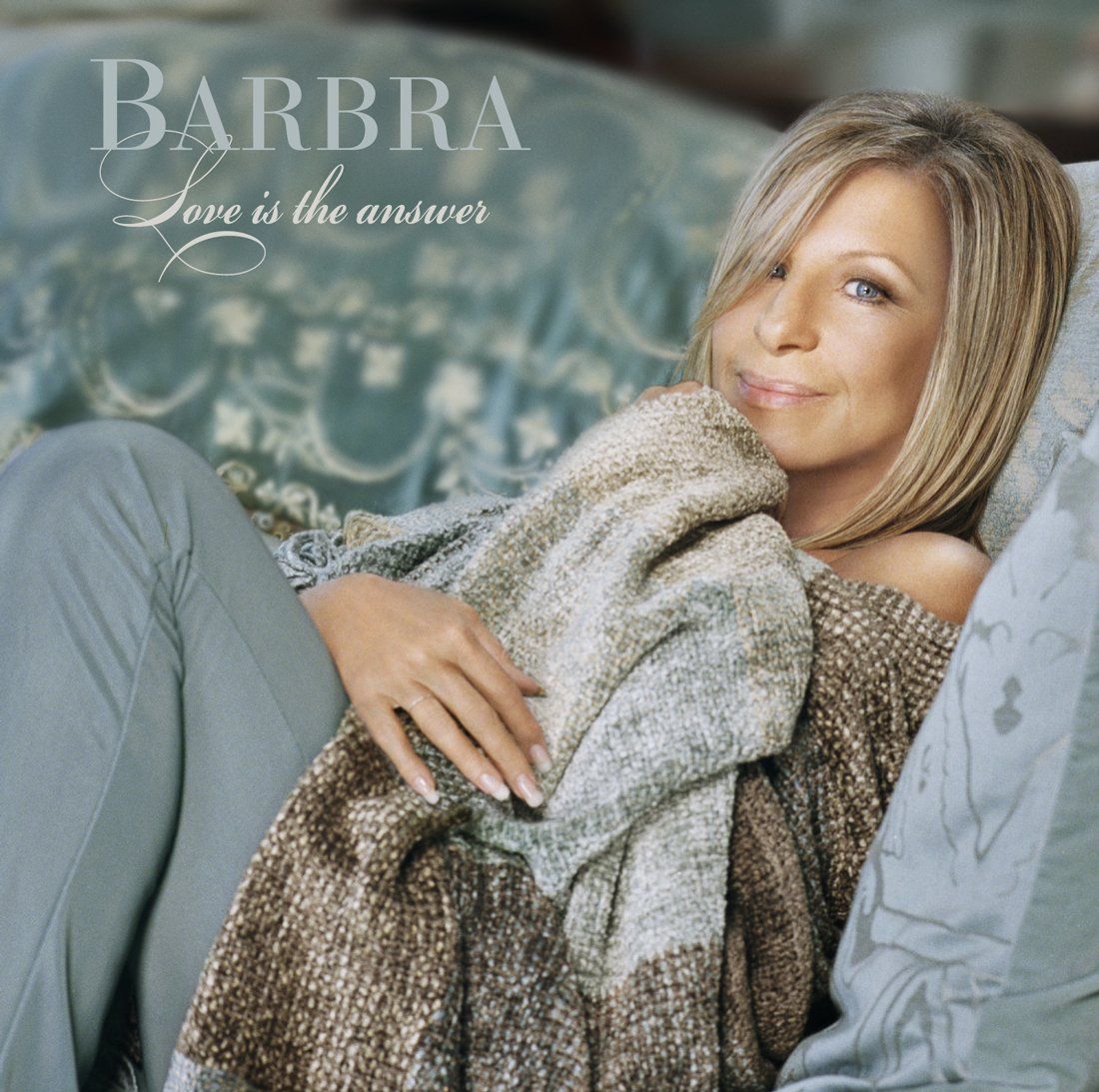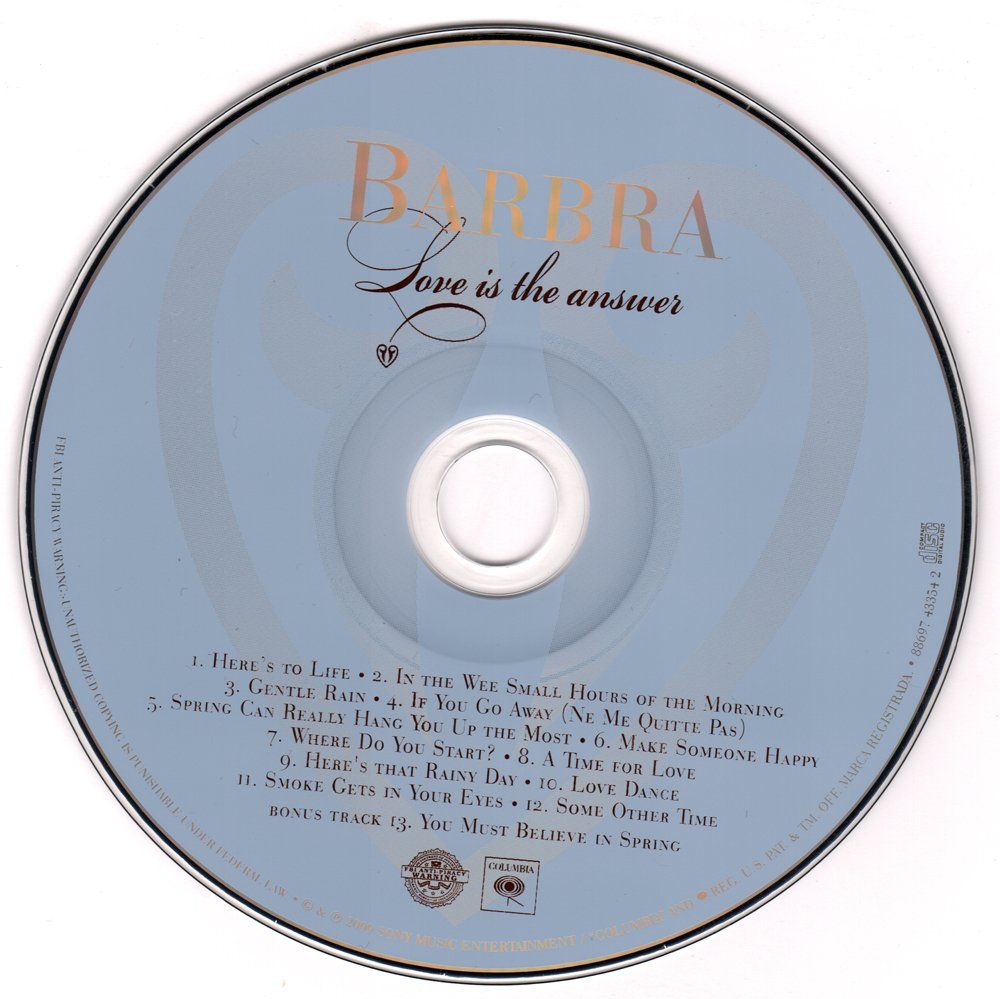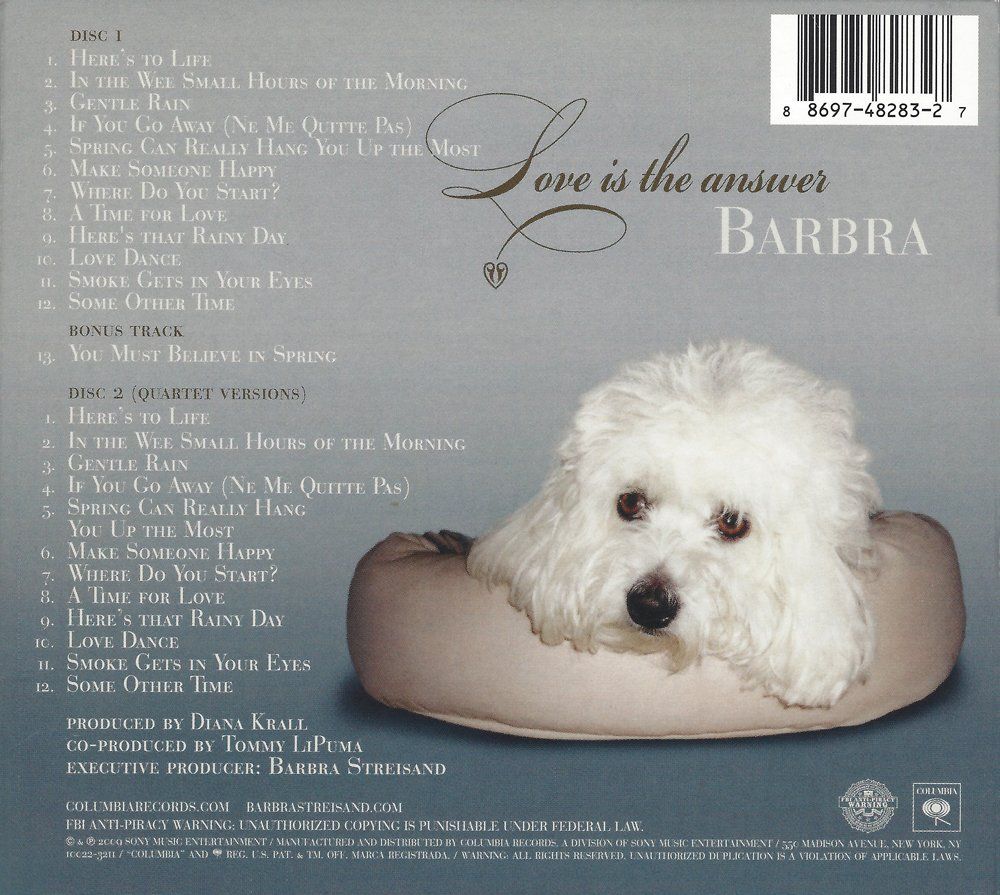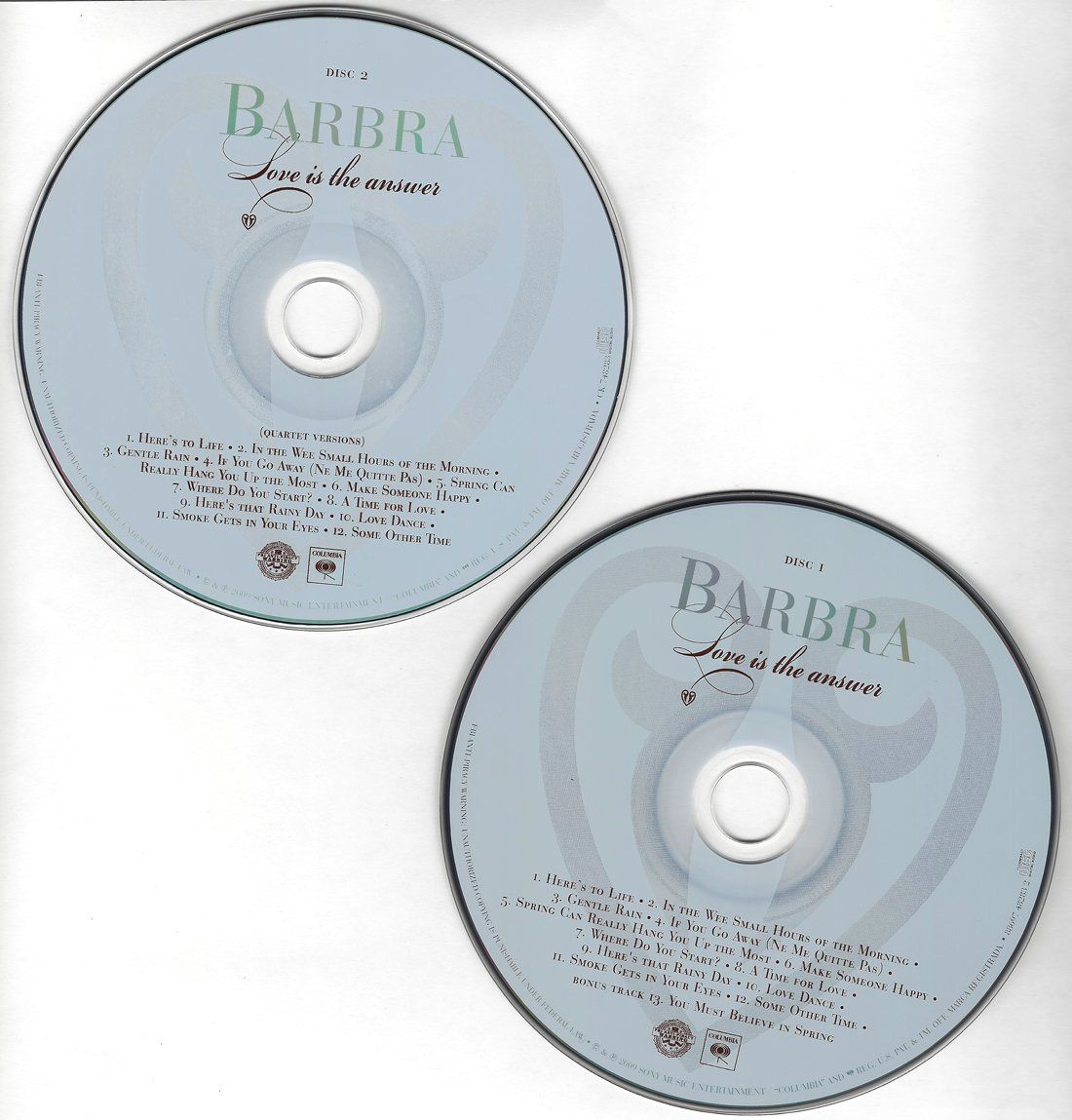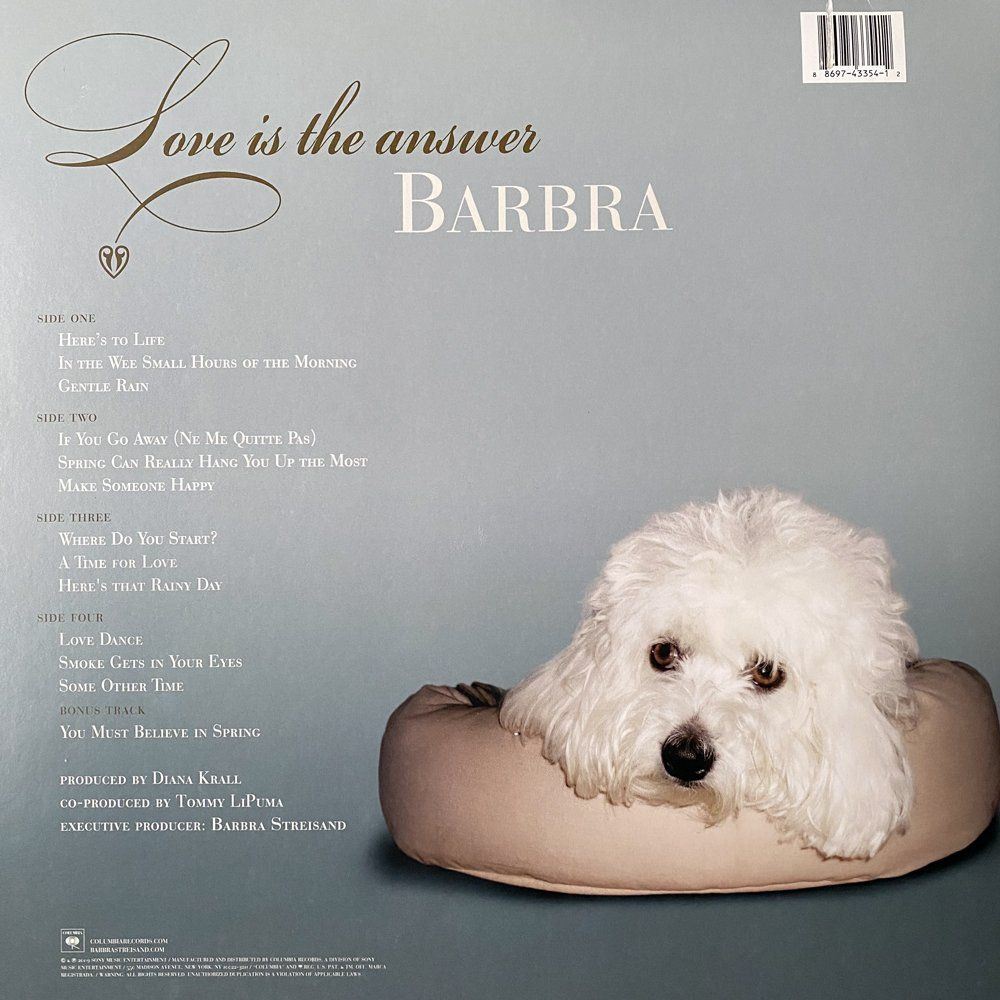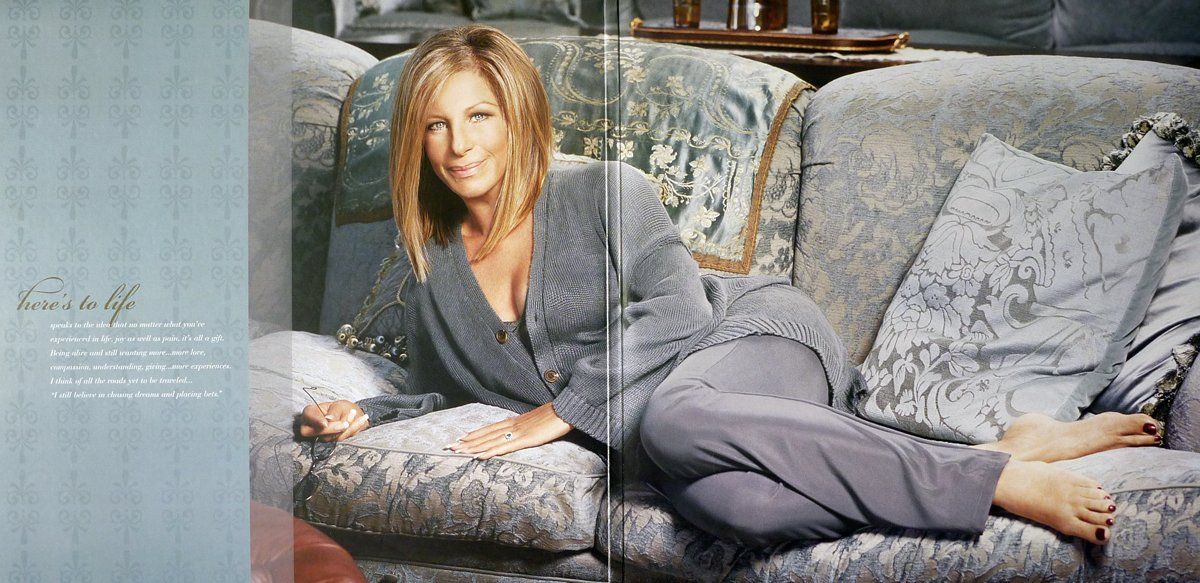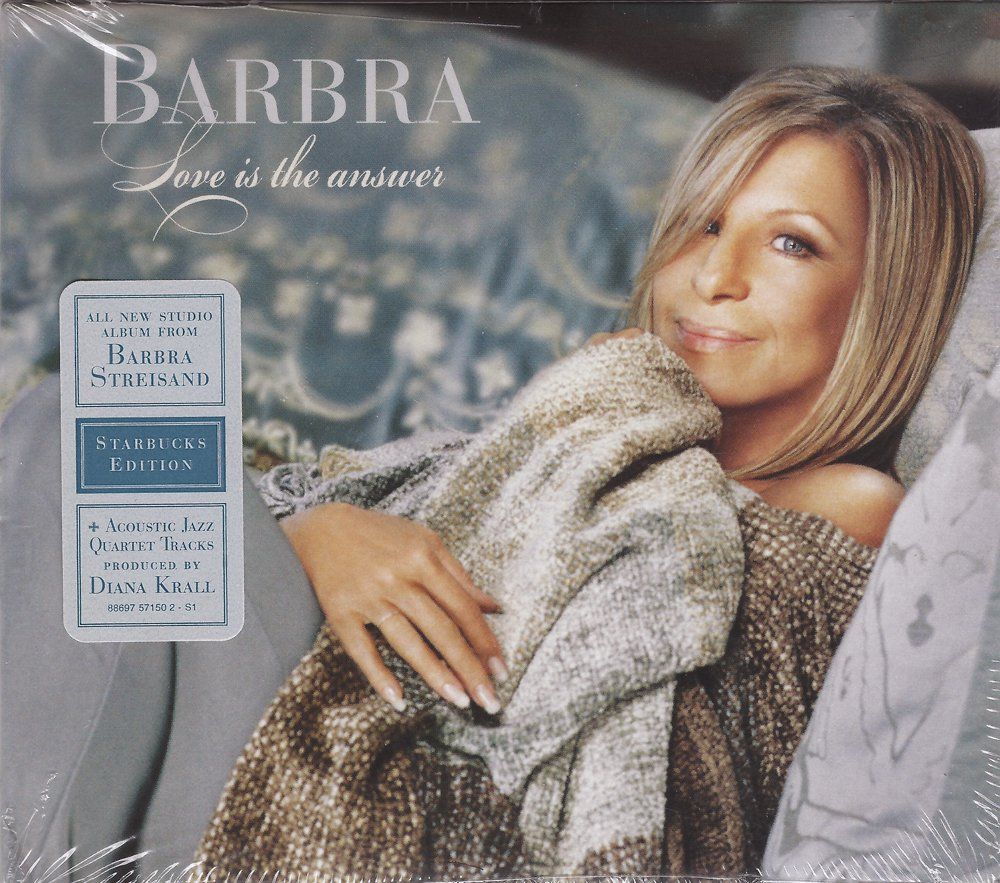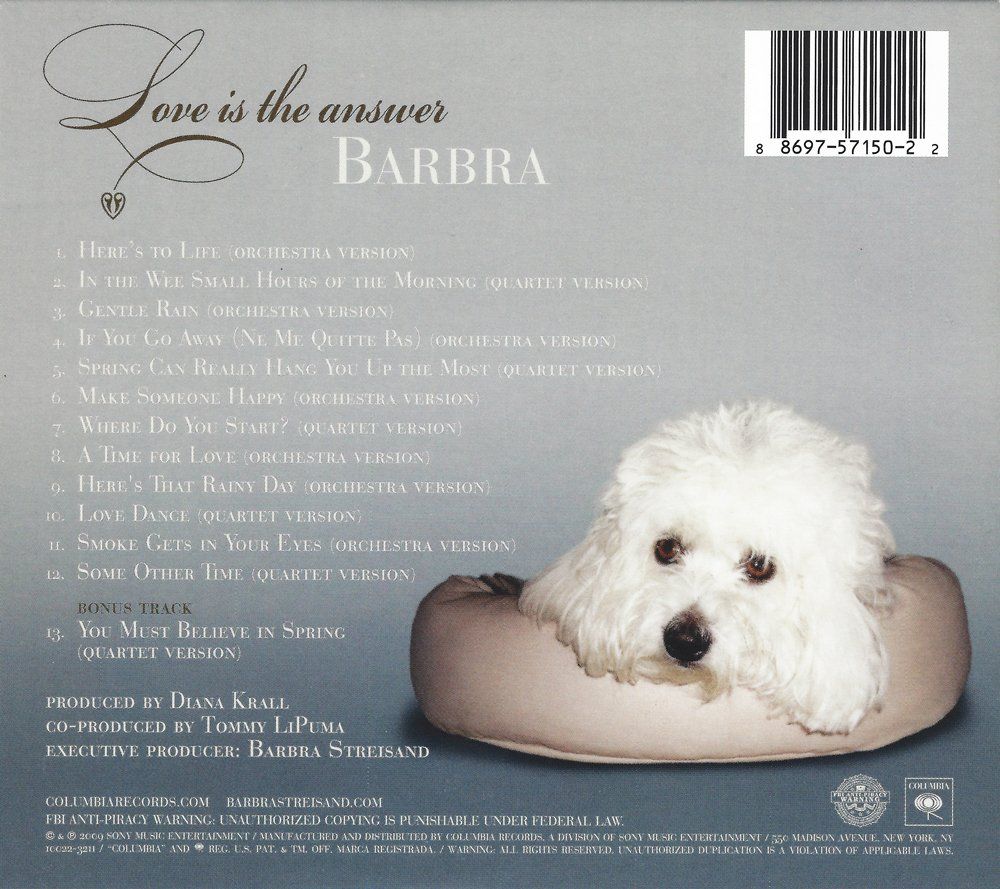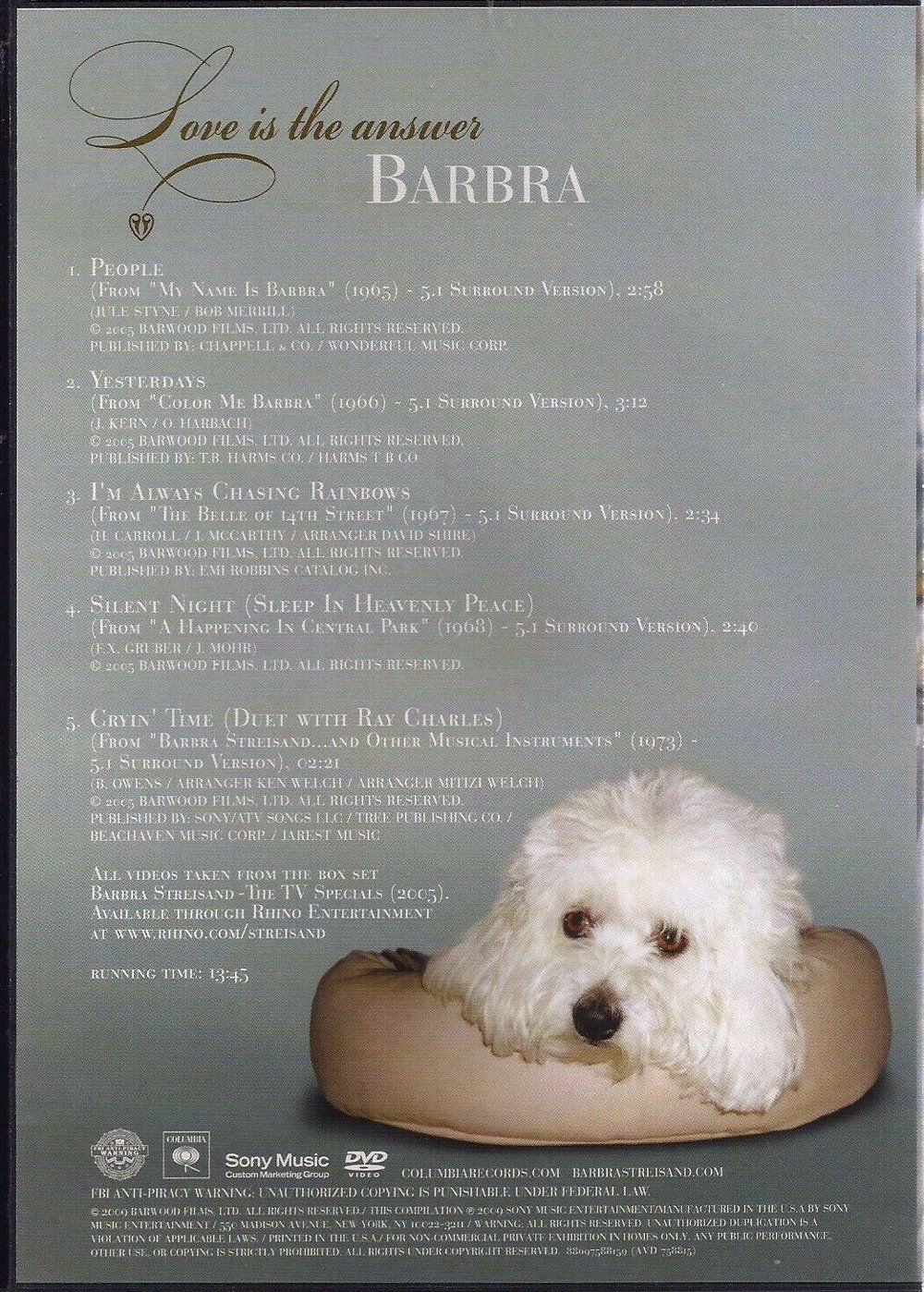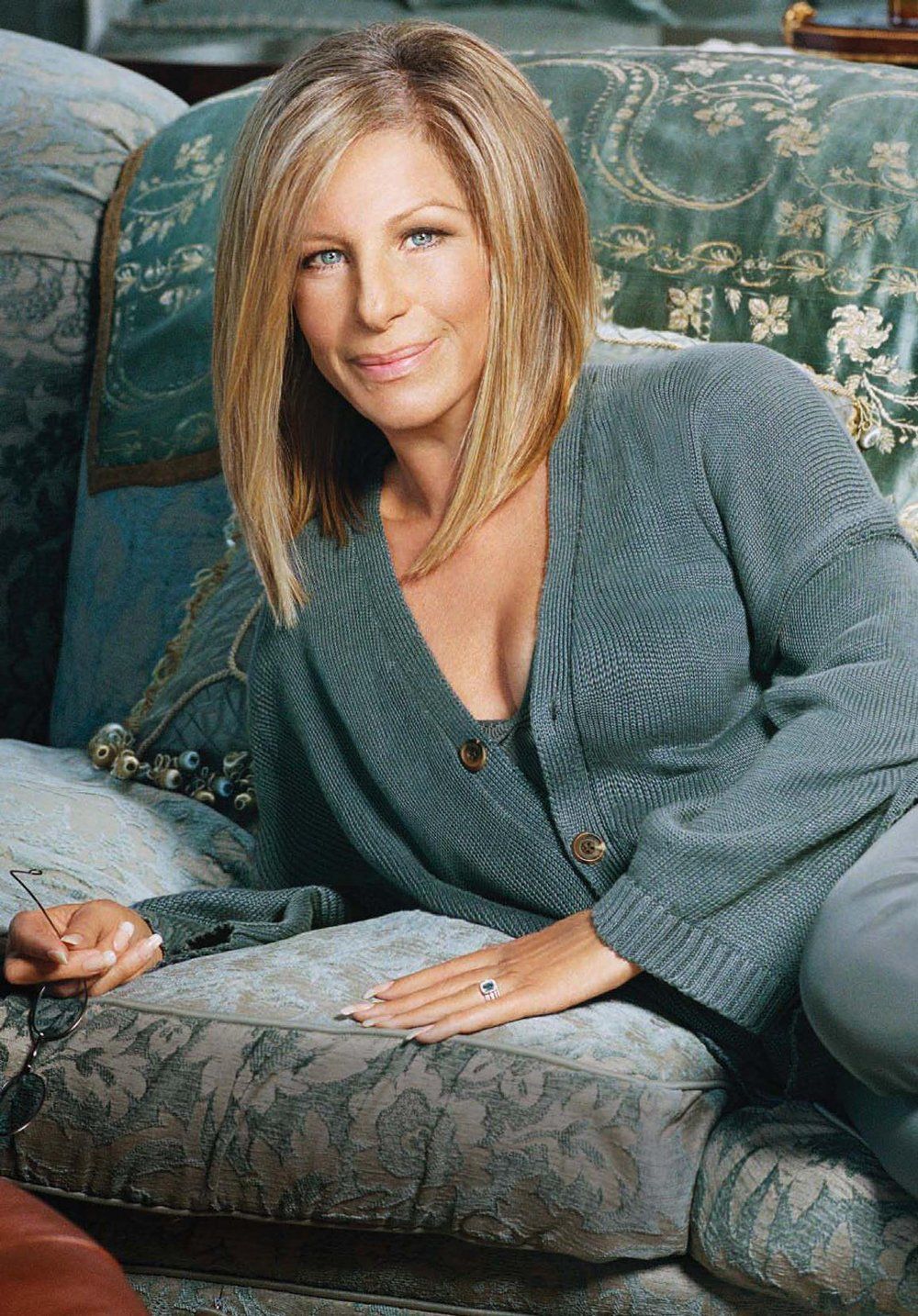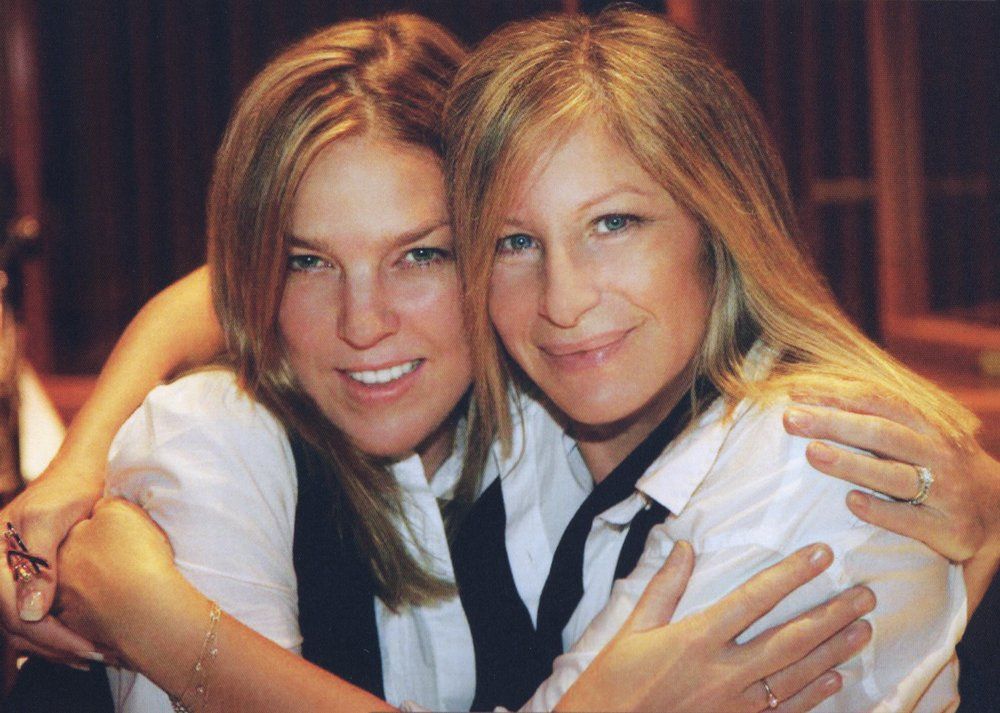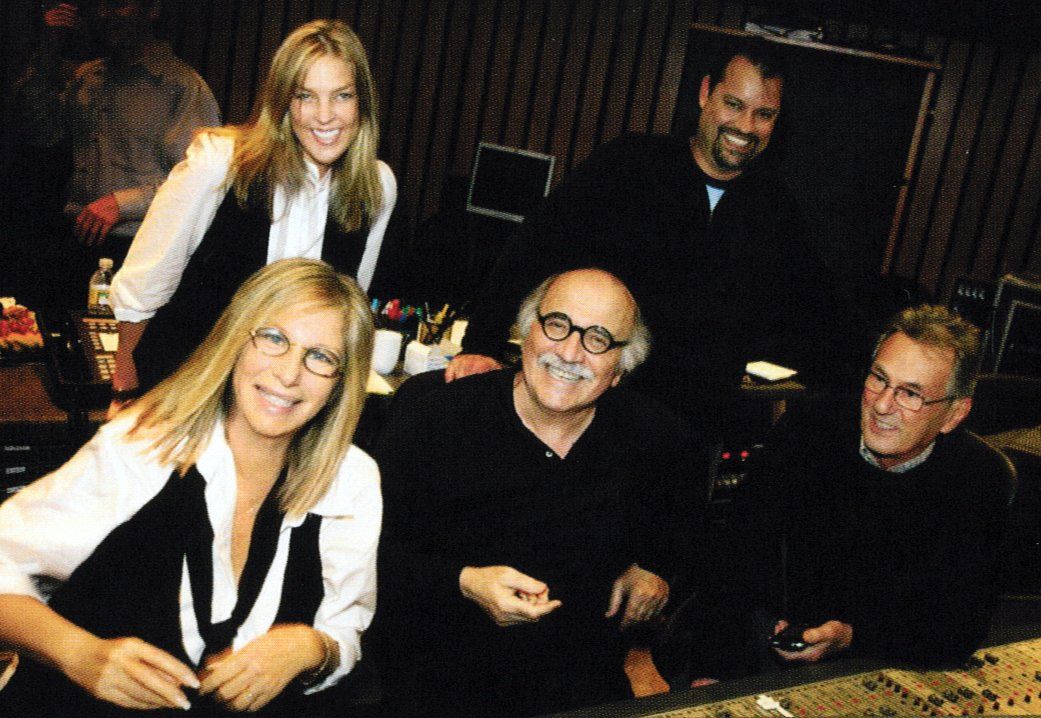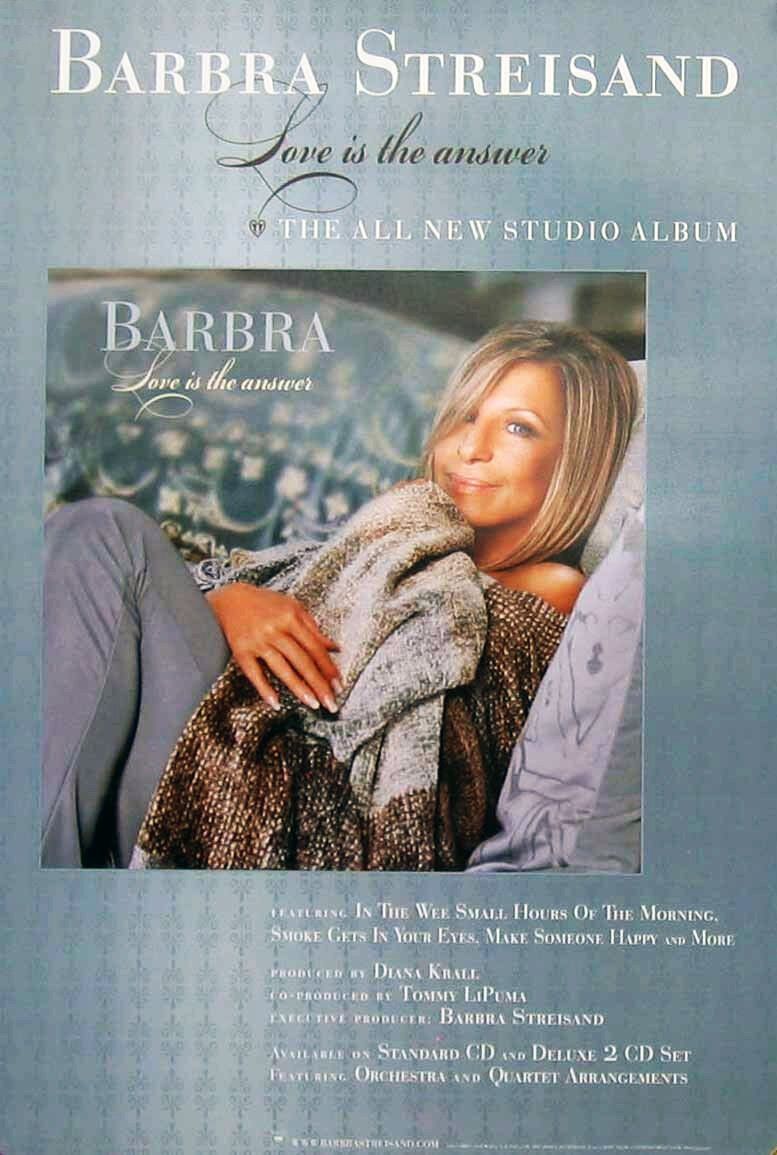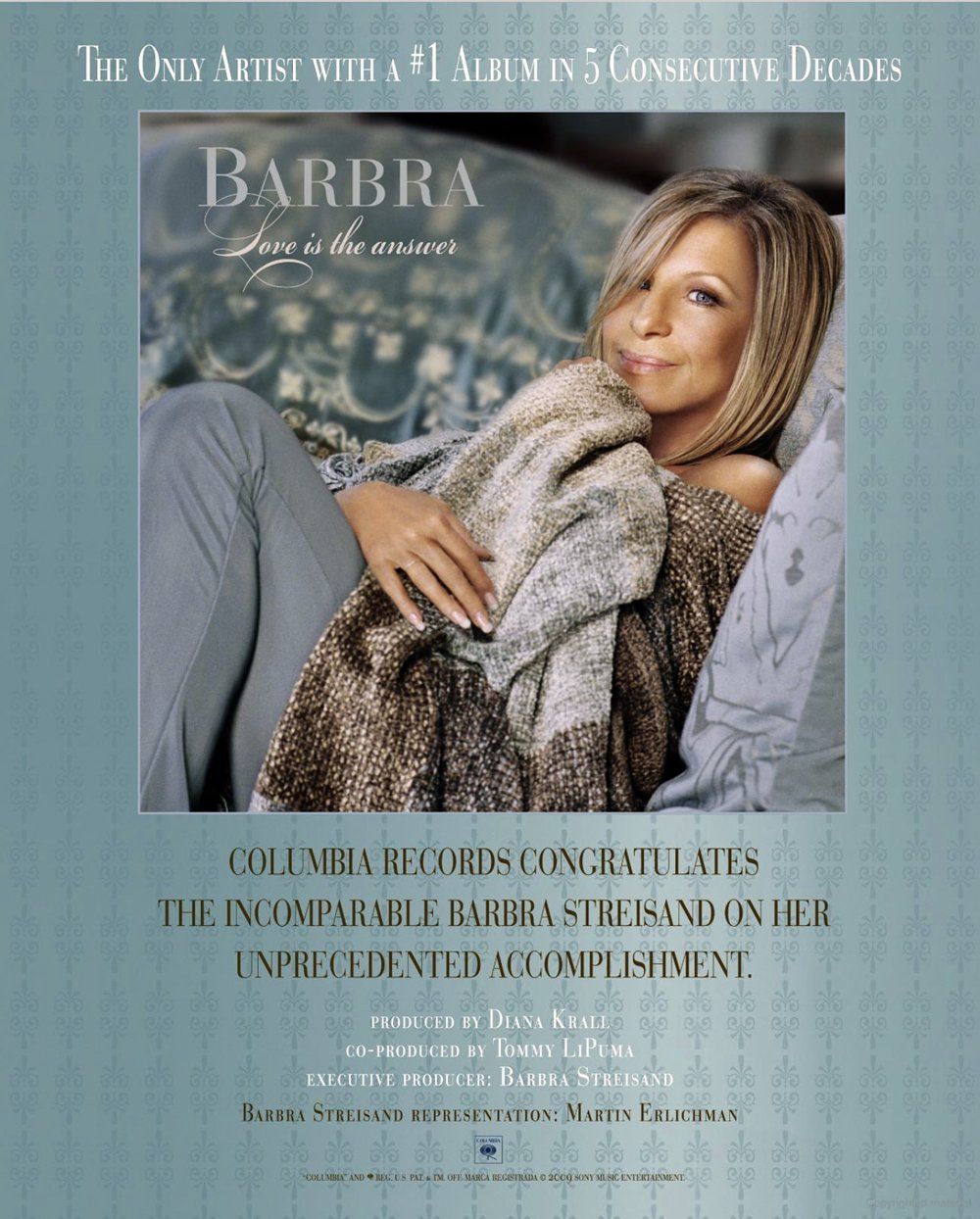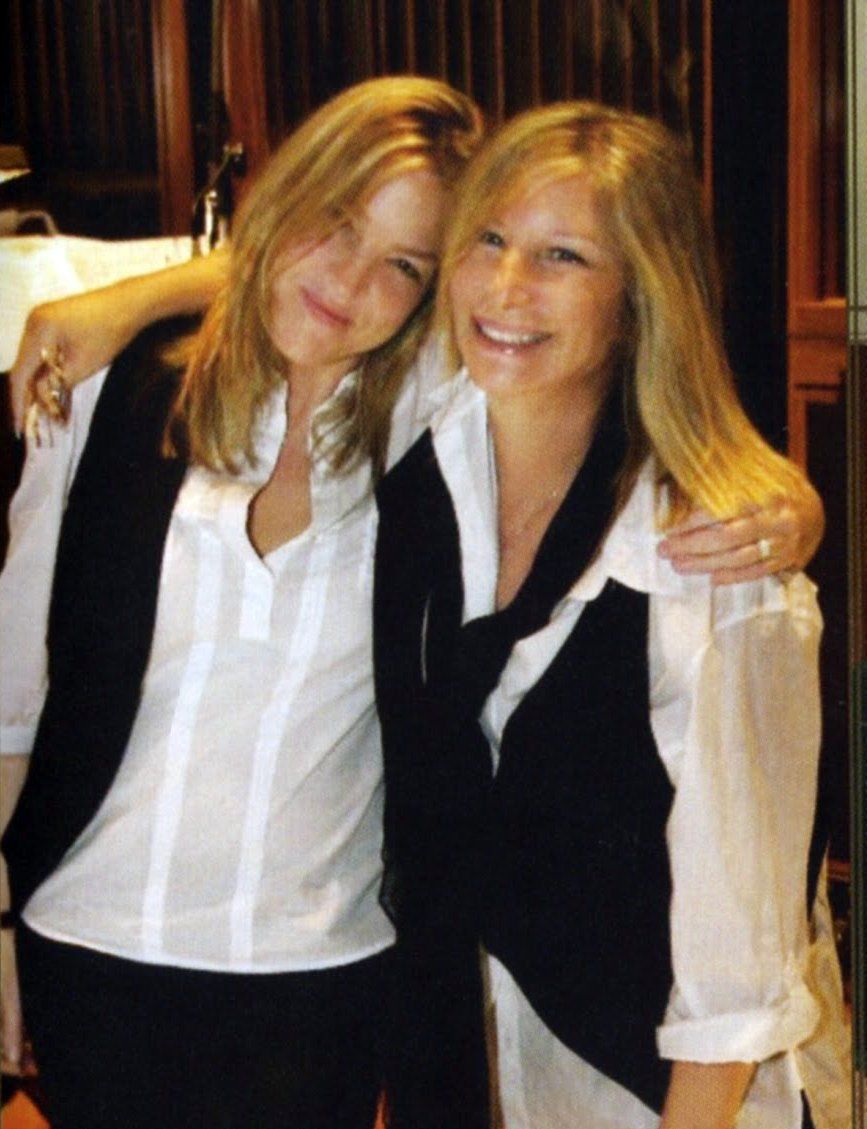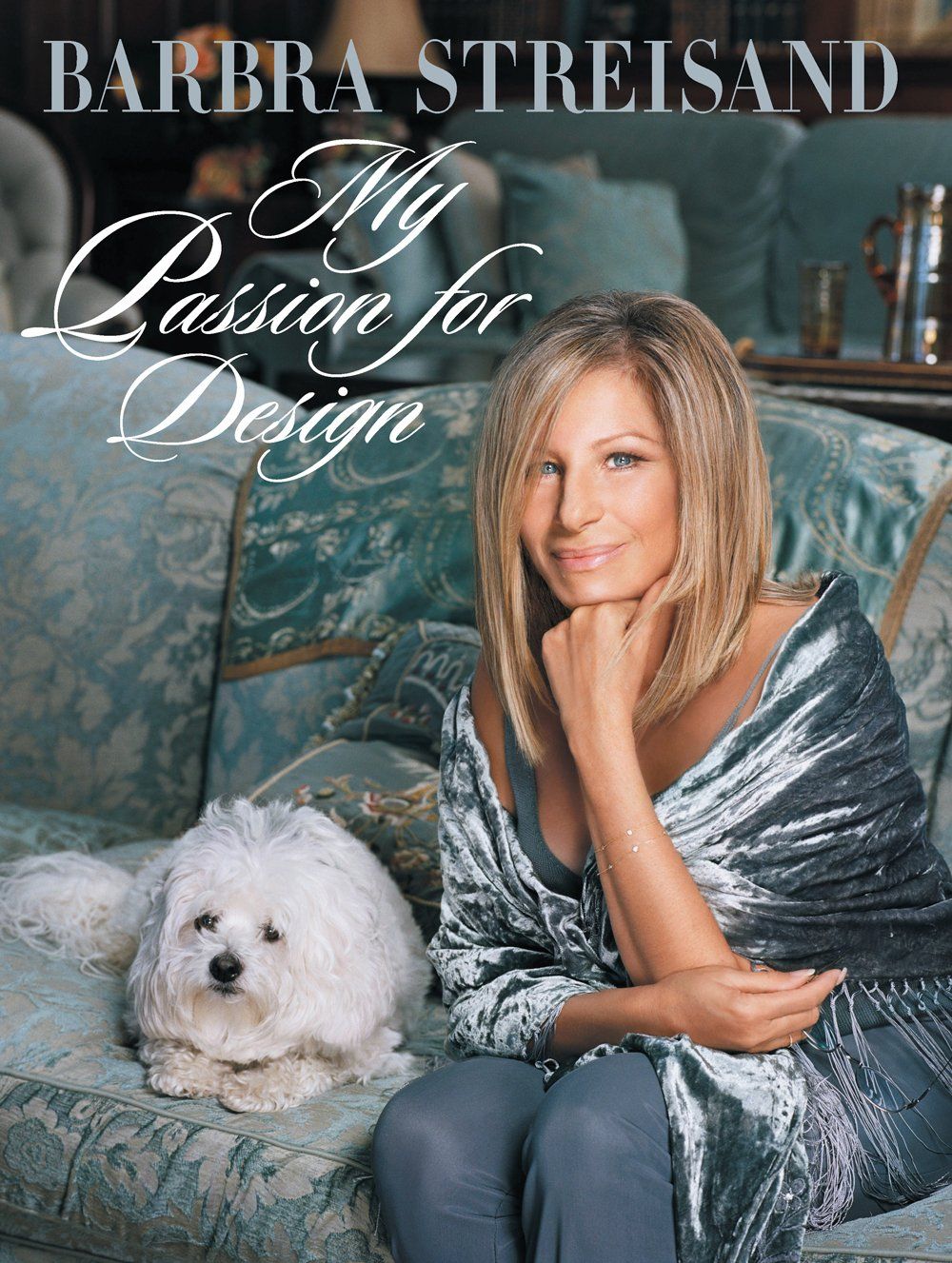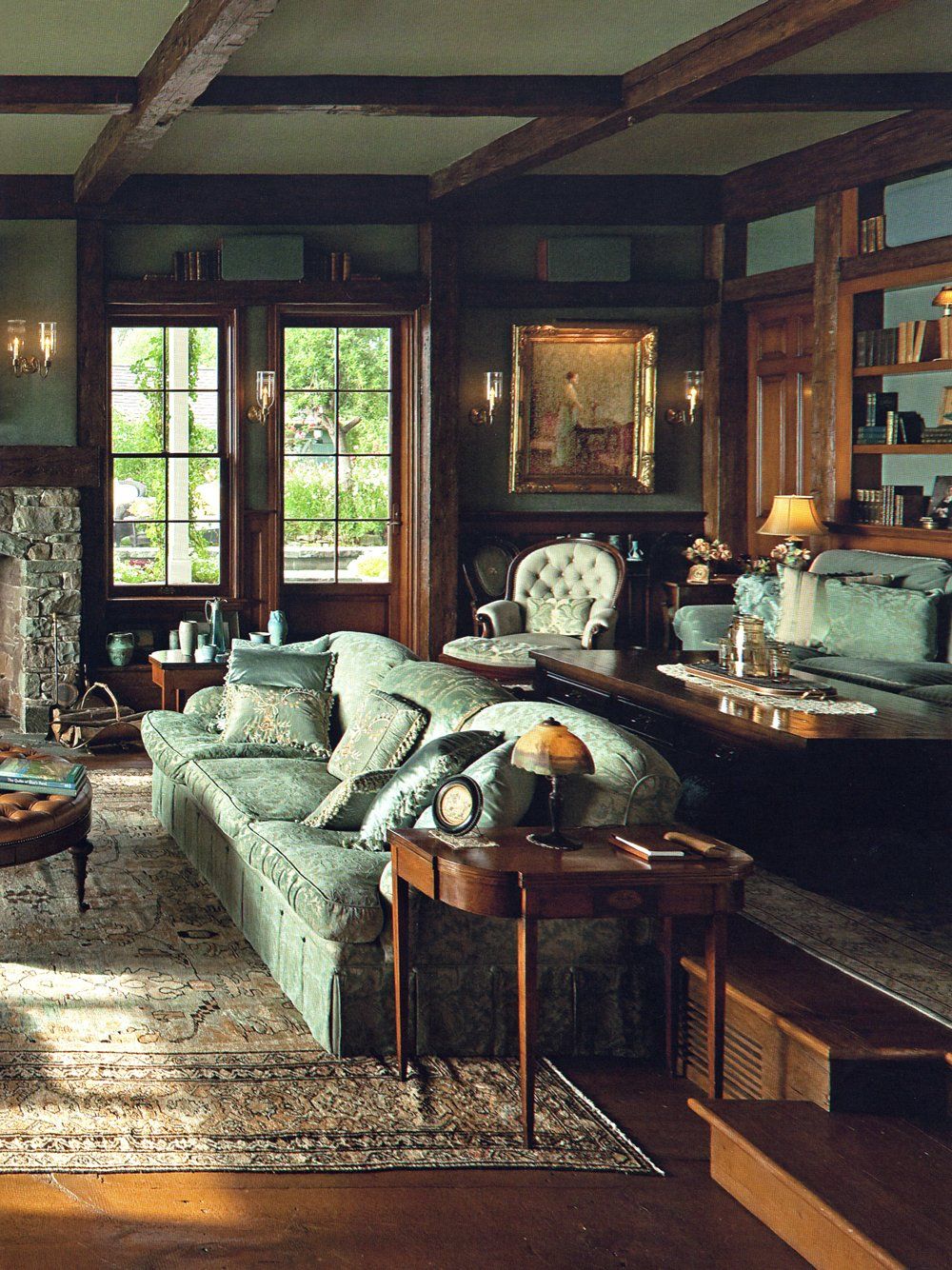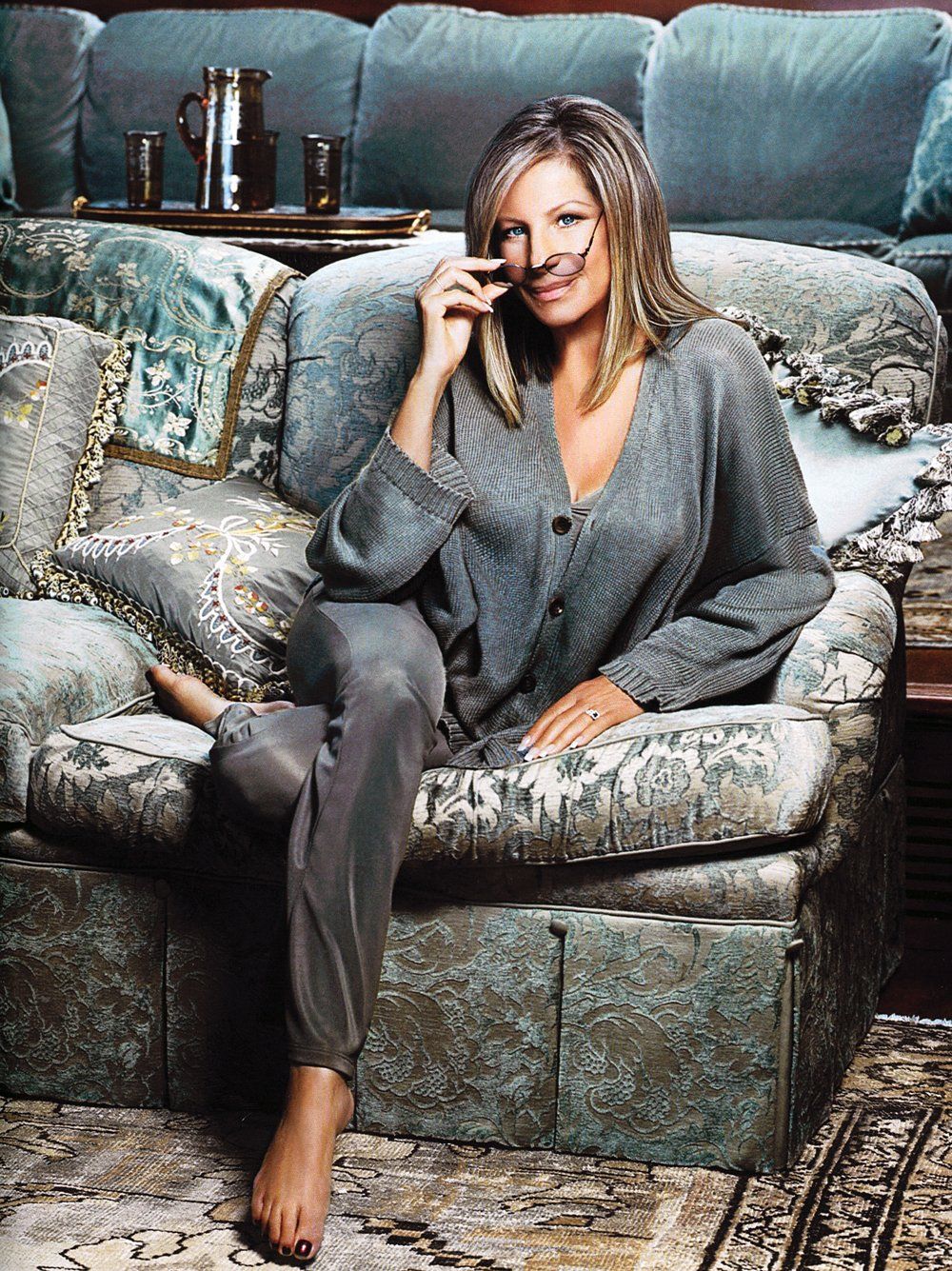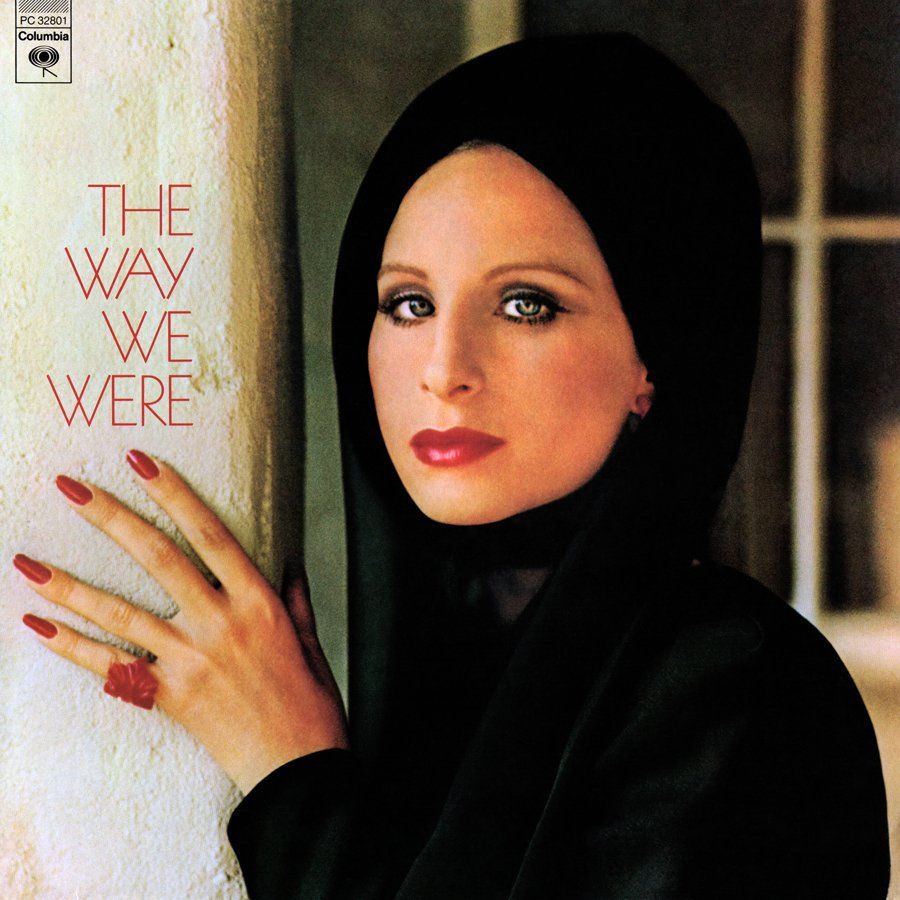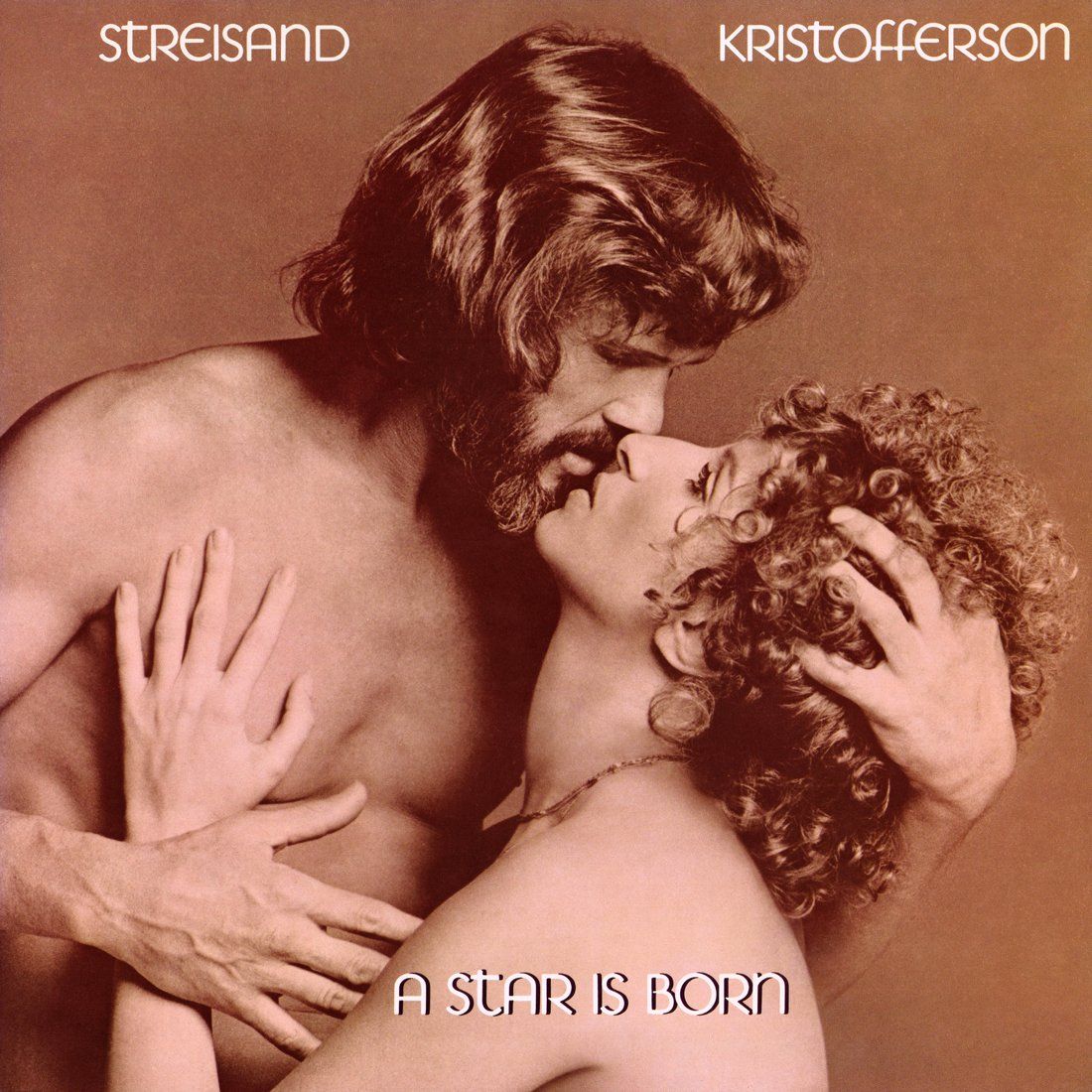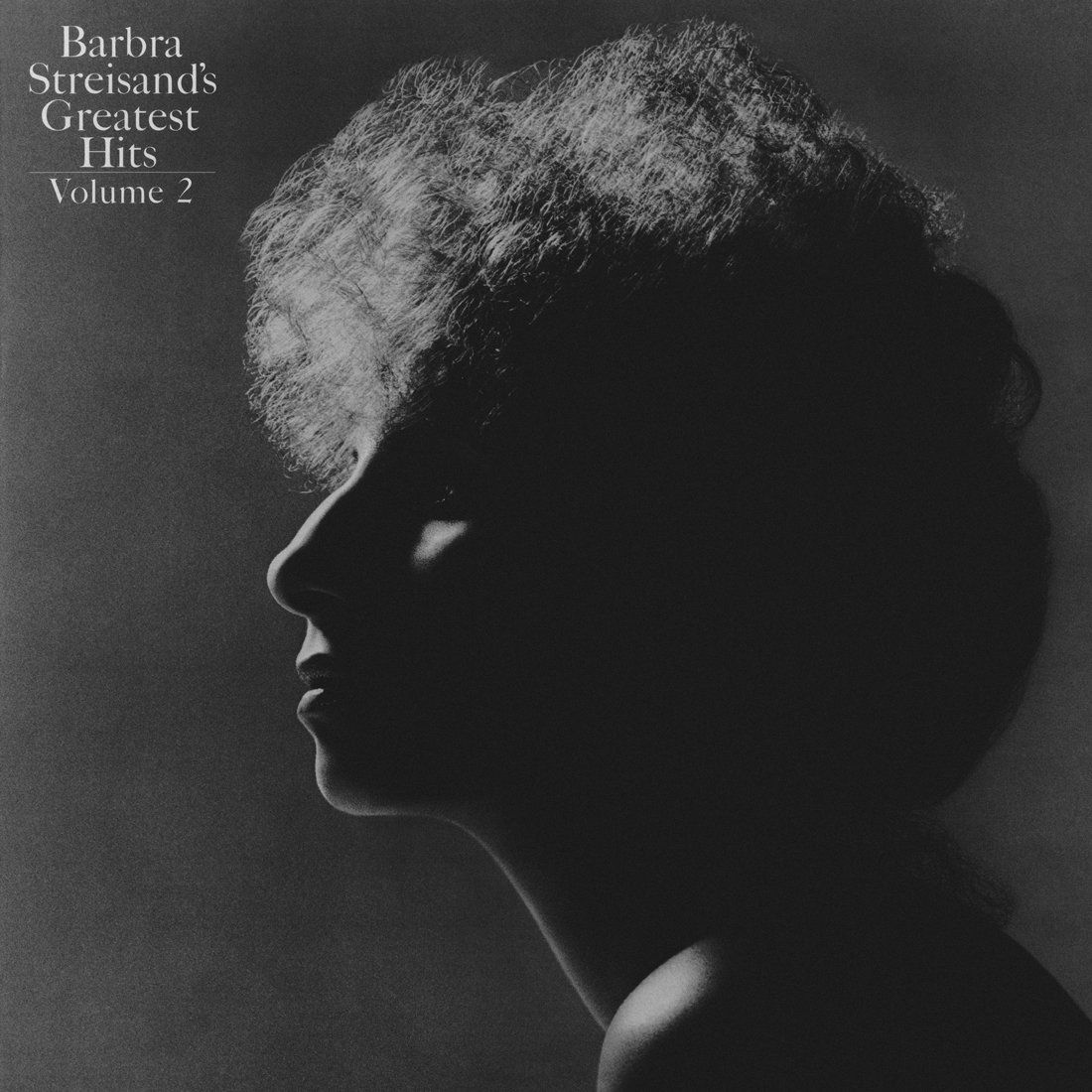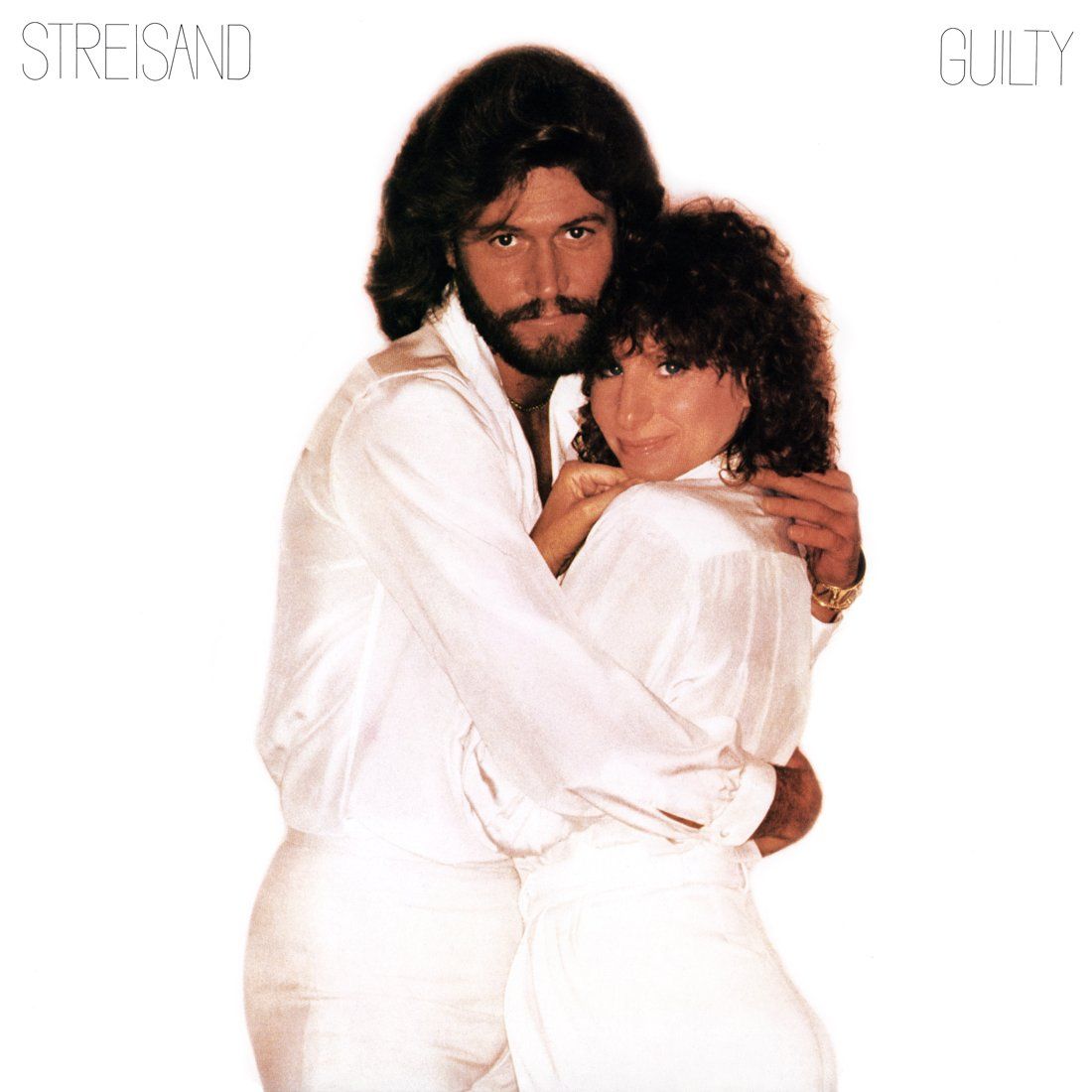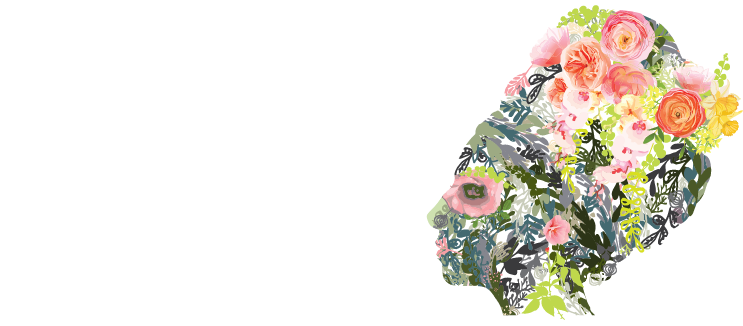“We speak to each other as women, as moms,” Krall said. “She’s someone I really admire. We talk about art and architecture and design and clothes. The normal things.”
Johnny Mandel was brought in to arrange and conduct most of the songs. “Johnny Mandel is one of a handful of great arrangers that’s around still,” Streisand said. “And he’s 83 years old so it’s amazing that he’s still working at this time of his life.”
Krall arranged for her producer of many years, Tommy LiPuma, to work on the album. LiPuma had history with Streisand, too. Back in 1973, he produced Barbra’s recordings of “All In Love is Fair,” “Something So Right” and “Being At War With Each Other.”
Johnny Mandel explained the process: “Barbra first got together with Diana and went over the songs she wanted to do and the keys in which she wanted to sing them. Then Diana and I spoke about the approach ... Then I had a month to finish five songs.”
“I said, ‘Are you interested in doing a record the way I make records?” Krall asked Barbra. “‘Because this is the only way I know how to make records is we do it pretty much live.’ And she was like, ‘Yeah, absolutely.’”
Mandel explained the recording process that Krall used, beginning with a quartet of musicians — piano, bass, guitar and drums. “I wasn’t writing full orchestrations at that point. Just the arrangements for Diana’s quartet. Once those were completed, Barbra recorded her vocal tracks with just Diana’s quartet. Then those tracks came back to me for the orchestral arrangements.”
“David Foster records that way, where you do the tracks first,” said Streisand. “I don't particularly like it. I love the inspiration of the orchestra. But it brought me back to the way I started, so there is something very pure about it, not innocent but young and youthful — nostalgic.”
“The trick for me on the orchestration side,” Mandel elaborated, “was to elegantly surround the arrangements I wrote for Diana's quartet. You don't want to hear the quartet accompanied by the orchestra, or first the quartet and then the orchestra. I hate that sound—hearing one and then the other. Barbra has never recorded an album like this before, with a jazz quartet plus orchestration. She had mixed feelings about it, mostly over concern that just the sound of a quartet might be too spare for her sound. Which was perfect for me, since I like when a quartet and orchestra overlay are completely integrated as one.”
By the end of March 2009, Krall and Streisand were sequencing the songs for the album. Diana Krall told Australia’s Courier Mail about working on the album. “I didn't start easy,” Krall said. “I didn't start with a young new artist. I'm working with an icon who's a very, very incredible woman – accomplished, Academy Awards, and an actor as well as a singer,” she stated. “She went a little bit out of her norm for the last few years and worked with a band that I work with. So we made a record in a similar way that I do. It's been very gratifying, I think, for both of us because we're both doing new things.”

